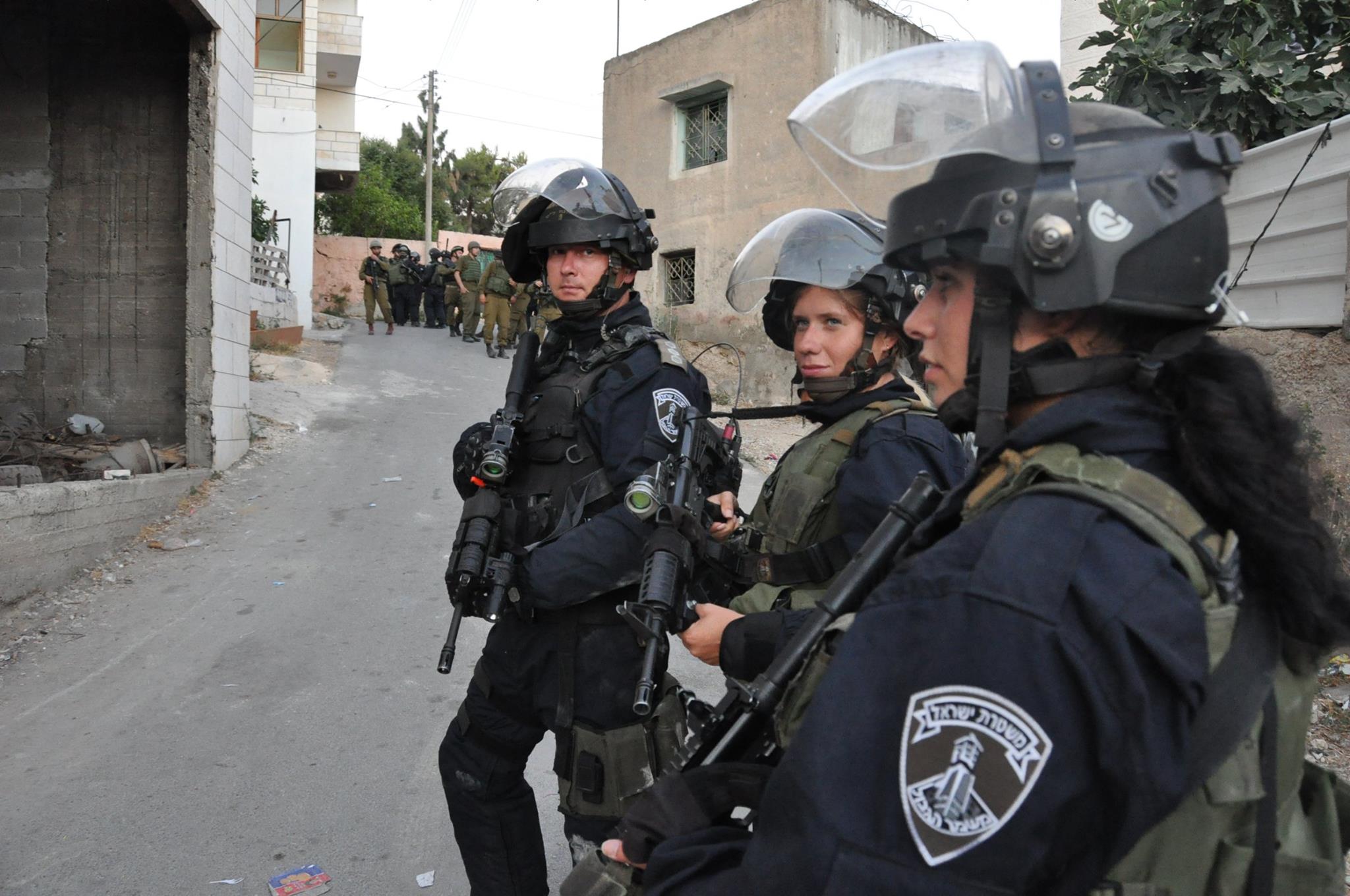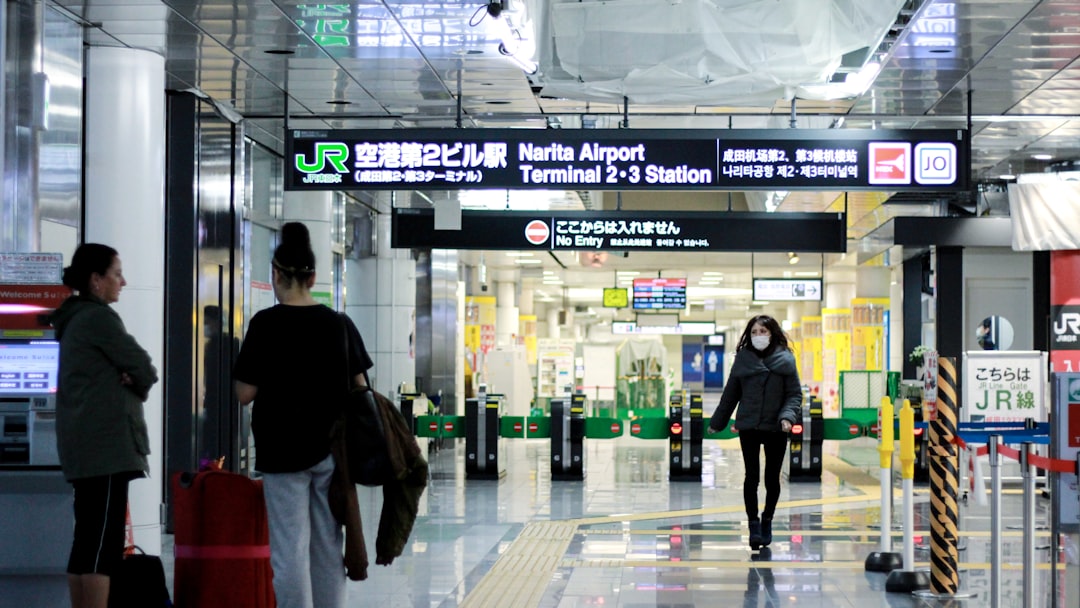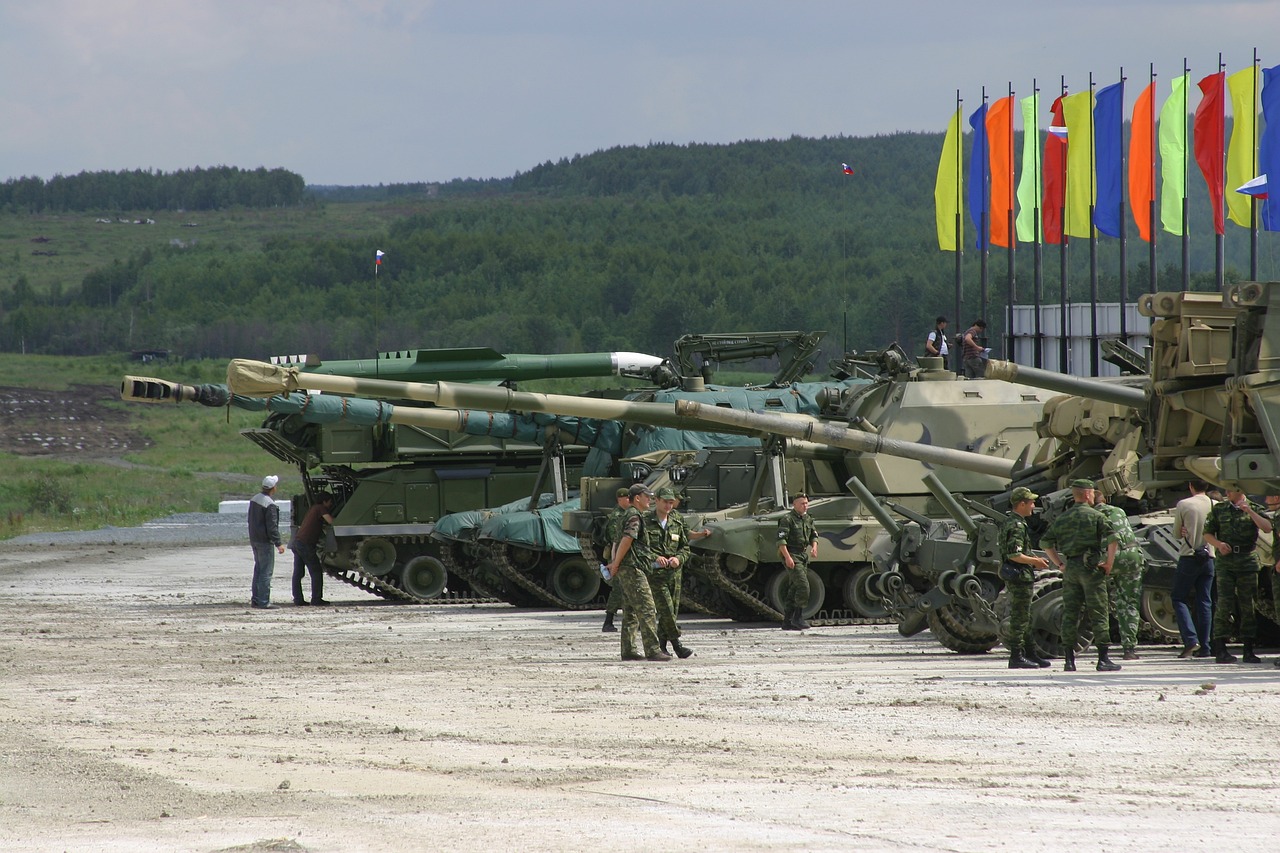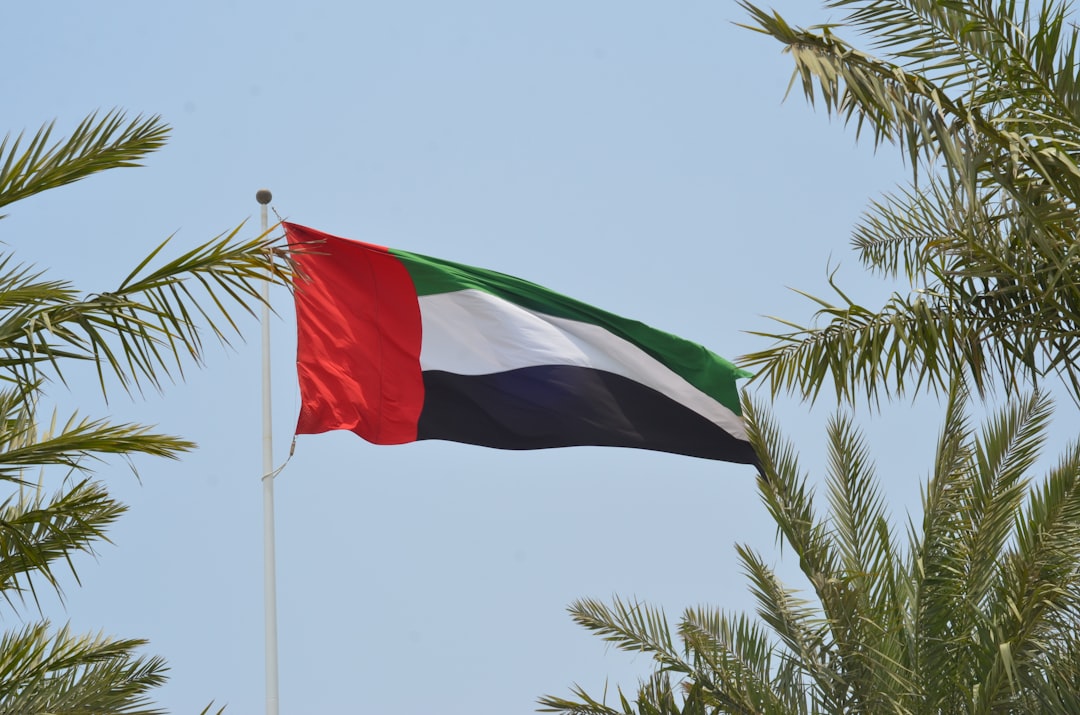United States: A Fortress of Surveillance and Zero-Tolerance

In 2025, the United States stands out as a global leader in strict border enforcement, particularly along its southern border with Mexico. The government has deployed a vast array of advanced surveillance technologies, including drones, biometric scanners, and motion sensors. According to U.S. Customs and Border Protection, there was a 15% decrease in border apprehensions in early 2025 compared to 2023, a clear sign that these measures are working as intended. Stringent visa controls remain in place, and the administration has expanded travel restrictions for specific countries, citing security and terrorism concerns. Title 42 expulsions, a controversial tool that allows for rapid removal of migrants, are still being used to control the flow of people at the border. The U.S. justifies these actions by referencing threats such as drug trafficking, illegal immigration, and national security. The border is not just a line on the map—it’s a high-tech barrier, constantly watched and fiercely guarded. This relentless approach makes the United States’ borders some of the tightest in the world.
Australia: Deterrence at Sea and Offshore Detention

Australia’s border policy has become almost legendary for its toughness, especially when it comes to unauthorized arrivals by sea. The government continues to uphold mandatory detention for anyone who arrives without a valid visa, with many asylum seekers being sent to offshore processing centers on islands like Nauru and Manus. In 2024, the number of unauthorized maritime arrivals dropped by 20% from the previous year, according to the Department of Home Affairs. Australia has invested heavily in maritime patrols, using both ships and surveillance aircraft to spot and intercept boats before they reach the mainland. Visa requirements are strict, and rules for temporary workers and students have become even tighter in 2024 and 2025. Officials insist these harsh measures are necessary to deter human smuggling and maintain national security. Australia’s borders are not just protected—they’re patrolled with a sense of absolute resolve.
Israel: Fortress Borders Amid Tension and Technology

Israel’s border policies are shaped by its unique security challenges, and 2024 saw a continuation of extremely tight controls, particularly at crossings with Gaza and the West Bank. The country uses advanced biometric screening, rigorous security checks, and a significant military presence at all major entry points. The Israeli Ministry of Interior notes that permits for Gaza crossings fell by 10% in 2024, reflecting a further tightening of access. Israel restricts entry for nationals from countries considered security risks and has maintained this stance in the face of ongoing geopolitical tensions. Security fences, checkpoints, and real-time monitoring are part of daily life along these borders. For Israel, each crossing is about more than just movement—it’s about survival and vigilance. The sense of constant watchfulness is palpable, and the policies reflect a commitment to national security above all else.
Japan: High-Tech Borders and Careful Screening

Japan’s border controls are known for their precision and thoroughness, and recent years have only seen these become more stringent. In 2024, the Japanese government continued to require detailed background and health checks for all travelers, unrelated to any pandemic measures. The Ministry of Justice reported that work and long-term visa approvals dropped by 12% in 2024 compared to 2023. Facial recognition and other biometric tools are now standard at airports and harbors, making unauthorized entry nearly impossible. Japan’s strict policies are intended to carefully manage immigration and protect the domestic workforce. Entry for nationals from certain countries is closely scrutinized, with a focus on safety and social stability. As a result, Japan’s borders feel almost impenetrable, guarded by technology and an unwavering attention to detail.
Saudi Arabia: Armed Borders and Technological Barriers

Saudi Arabia has dramatically increased its border security, especially along its volatile frontiers with Yemen and Iraq. In 2024, the Ministry of Interior reported a 25% reduction in unauthorized crossings, thanks to a combination of increased military patrols and advanced monitoring technologies. Saudi authorities have built physical barriers and deployed surveillance cameras, radar systems, and drones to detect and intercept illegal movement. Visa restrictions are especially tight for workers and pilgrims, with thorough background checks and biometric data collection now standard. These steps are seen as essential in the face of regional instability and security threats. Saudi Arabia treats its borders like a line in the sand that cannot be crossed without permission, and every layer of security reinforces that message.
India: High Alert and Relentless Vigilance

India’s borders, especially those shared with Pakistan, Bangladesh, and China, are among the world’s most heavily guarded. The government has increased the number of border security personnel by 30% in 2024, according to the Ministry of Home Affairs. Advanced surveillance tools like thermal imaging cameras and drones are used extensively to monitor remote and sensitive areas. Visa requirements for citizens from neighboring countries are strict, with lengthy screening processes. The government points to territorial disputes and the threat of illegal immigration as reasons for its tough stance. Official data shows an 18% decrease in illegal crossings in 2024, reflecting the effectiveness of these policies. India’s borders are like a living shield, adapting to new threats and always on alert.
Russia: Security-First at Every Crossing

Russia’s approach to border security is characterized by a combination of manpower and technology. In 2024, the Federal Security Service (FSB) reported a 22% decrease in illegal border crossings, thanks to increased patrols and the introduction of biometric screening at all major points of entry. Russia has expanded the use of facial recognition at airports and land crossings, making it nearly impossible to slip through undetected. Visa policies are particularly strict for nationals from countries with political tensions or security concerns. The government’s rationale is clear: protect the nation from external threats, whether political or criminal. Russian borders are formidable—crossing them without proper clearance is not just difficult, it’s nearly unthinkable.
United Arab Emirates: Digital Defenses and Zero Tolerance

The United Arab Emirates has rapidly built some of the world’s most secure borders, focusing on airports and seaports as primary entry points. In 2024, the Ministry of Interior documented a 15% drop in illegal entries compared to 2023, largely due to the implementation of biometric screening and AI-powered surveillance at all borders. The UAE has strict visa requirements and regularly updates its list of restricted countries. Special attention is paid to labor migrants and tourists from select nations, with enhanced vetting and monitoring. The country’s investment in technology and international security cooperation is a key part of its border strategy. The UAE’s borders feel like digital fortresses—highly efficient, always alert, and unwilling to compromise on security.






